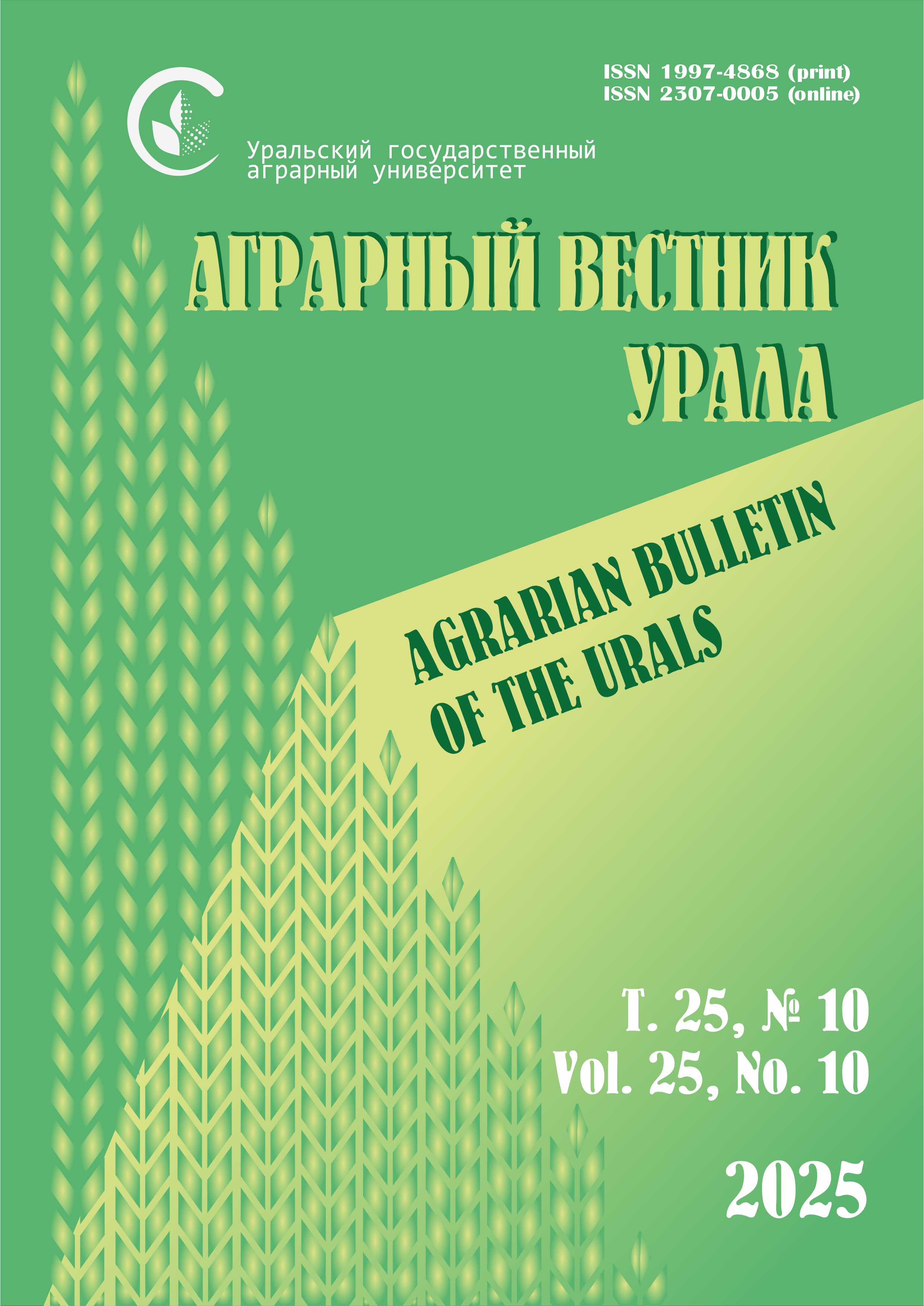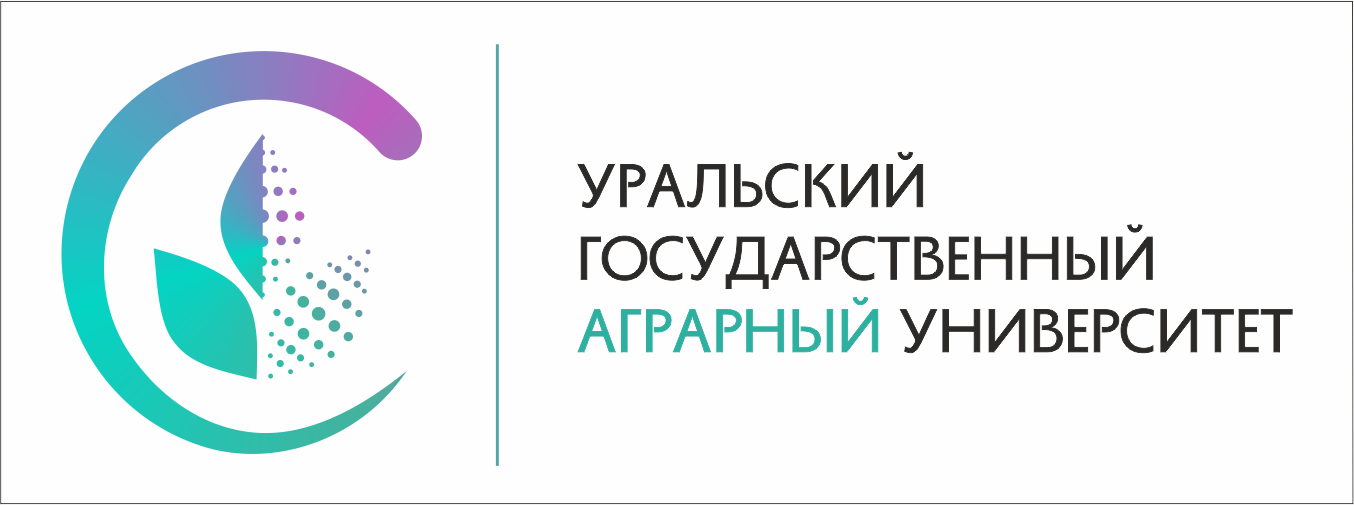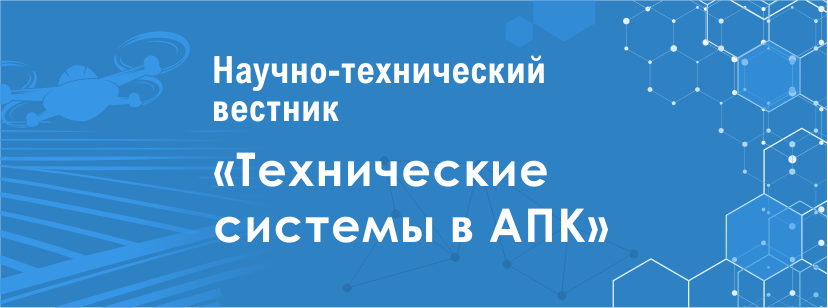O. A. Shevkunov1, O. A. Bykova1 , A. A. Zyryanova1, 2, A. A. Yaryshkin1, 2, O. V. Kostyunina1
1 Ural State Agrarian University, Ekaterinburg, Russia
2 Federal State Budgetary Scientific Institution “Ural Federal Agrarian Research Center of the Ural Branch of the Russian Academy of Sciences”, Ekaterinburg, Russia
E-mail: This email address is being protected from spambots. You need JavaScript enabled to view it.
Volume 25 No. 9
Date of paper submission: 04.03.2025, date of review: 02.06.2025, date of acceptance: 04.07.2025.
Published: 09/30/2025
Abstract. At the current stage of the country's development, reproduction issues in dairy cattle breeding have become paramount among key production challenges. Long-term selection aimed at increasing milk productivity has led to a significant deterioration in the reproductive functions of animals. Thus, the service period has increased by more than 40 days, the insemination index has almost doubled, and the intercalving period has exceeded a year by 3 months. Due to intensive selection for milk productivity, cows no longer give birth to calves every year, and the percentage of pregnancy after the first insemination has fallen to 30 %. The main reason for the loss of reproductive capacity in cattle is embryonic mortality, which accounts for up to 70 % of pregnancy losses in the first 45 days after fertilization. In breeding herds, embryo death in the first three months reaches 43–54 %, which significantly exceeds previously established physiological norms (11–21 %). The productive life of cows both in Russia and abroad is only 2.2–2.7 lactations and continues to decrease by 1–1.8 % annually. The share of culled animals reaches 29–35 %, due to which the herd consists of 65–70 % cows after the first two calvings, and only 3 % after six or more. Highly productive individuals often retire before their daughters begin to lactate. At the same time, the peak of milk productivity in dairy cattle occurs at 4–5 lactations, and the costs of raising replacement heifers and heifers pay off only after 3–4 calvings. However, due to the focus on increasing milk yield, the culling of young cows increases, which slows down the renewal of the herd, increases the cost price and leads to economic losses. To accelerate breeding progress, it is necessary to introduce genomic selection. This will allow: to conduct genome-wide analysis (GWAS) to identify the association of genes with productive longevity and fertility; to identify causal mutations near or within genes; to identify key loci of quantitative traits in the cattle genome; to find genomic regions most susceptible to selection pressure in relation to reproduction and longevity of dairy cattle. This approach will help to improve reproduction rates and reduce economic losses in dairy farming. The purpose of the study is an identification of haplotypes responsible for reproductive function of cattle. Research methods. The studies were conducted on the Holstein breed of cattle. Identification of homozygous haplotypes was carried out using the GHap package in R software. The scientific novelty of the study lies in the identification of homozygous haplotypes responsible for early embryonic mortality and affecting fertility in a population of Holstein cows of the Ural type. Results. Analysis of the obtained data revealed haploblocks with loss of heterozygosity. These identified haploblocks show potential association with early embryonic mortality and reproductive efficiency in cattle.
Keywords: cattle, homozygous haplotype, embryonic mortality, reproductive ability
Acknowledgements. The research was supported by RSF project No 22-76-10021.
For citation: Shevkunov O. A., Bykova O. A., Zyryanova A. A., Yaryshkin A. A., Kostyunina O. V. Identification of haplotype blocks with loss of heterozygosity potentially associated with embryonic mortality in cattle. Agrarian Bulletin of the Urals. 2025; 25 (09): 1420‒1429. https://doi.org/10.32417/1997-4868-2025-25-09-1420-1429 (In Russ.)
Download the full text of the article












